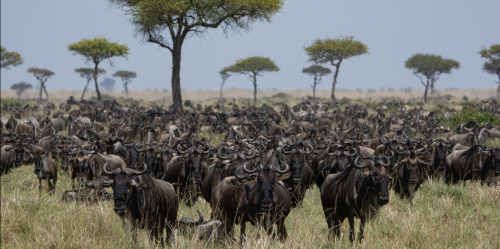
As the Great Migration intensifies and the herds flow into this magnificent ecosystem, each day contains a spectacle to behold. Looking around, it’s easy to understand why the Migration is referred to as ‘The Greatest Show on Earth’ or the 8th Wonder of the world – surprises wait to be discovered around each corner.
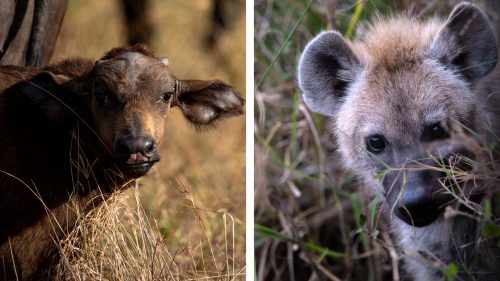
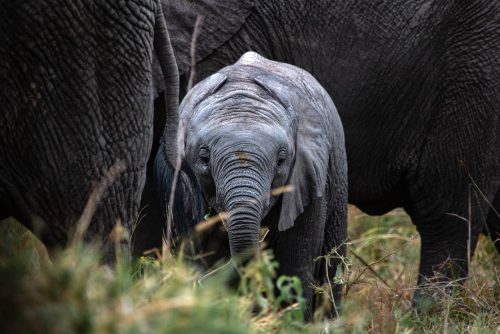
When the wildebeests arrive, they have a positive impact that cascades through the entire ecosystem. This ranges from providing food for all the Mara’s predators, to fertilising the vast lands they occupy during their treacherous journey. The Migration acts as a cornerstone upon which new life is built.
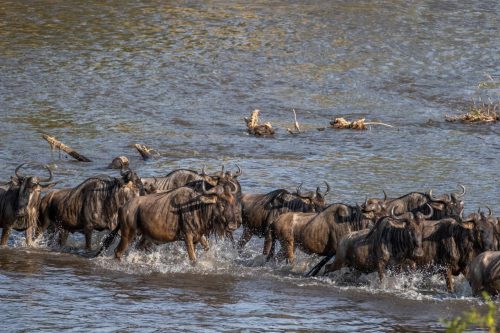
Being herd-oriented animals, it is common to witness chaos ensue as the wildebeest approach rivers. Patience and perseverance are required for one to witness a crossing. The herds often stand at the banks for a prolonged period, waiting for that one courageous individual who can successfully lead them to greener pastures. Confusion fills the atmosphere, fuelling a myriad of attempts, back and forth. Eventually, hunger trumps fear and one individual takes the plunge, triggering a response from the rest of the herd.
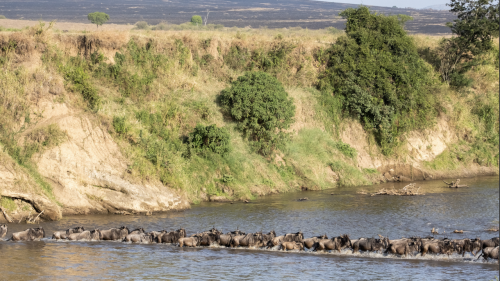
Wildebeests possess what is referred to as ‘swarm intelligence', allowing them to tackle a range of challenges collectively – from river crossings to predator defence, they work as a unit. Strangely enough, most of the crossings we have witnessed this week have been led by the zebras who seemed to be the most courageous of the bunch.

Luck seems to be on their side as the Mara River is unusually low making it easier for wildebeests and zebras to make it across with ease. Attempt after attempt, we have witnessed crocodiles desperately trying to make a kill without success. With most crossing points being shallow, we haven’t witnessed massive drowning events or animals being carried away by strong river currents.

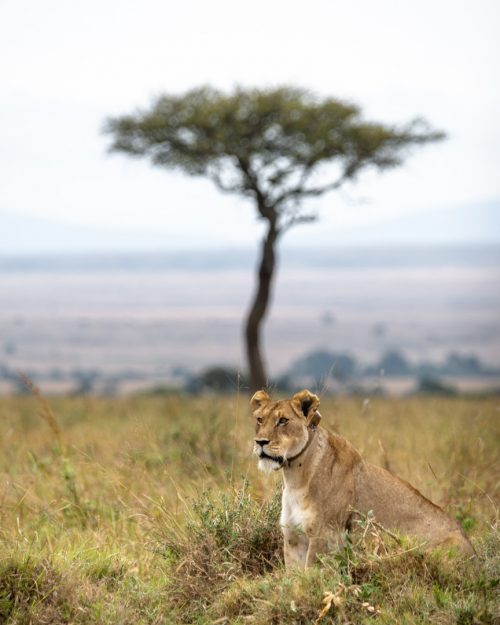
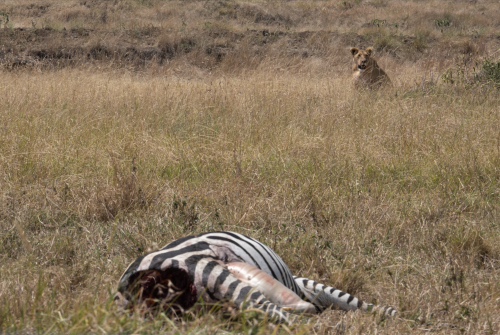
Crossing one point safely is just one of the many survival tests that await, as the river meanders across the plains presenting numerous challenges for the migrating herds. As if that weren't enough, predators on land lie in wait, picking off the stragglers. However, the few successful killings by crocodiles and other predators do nothing to dwindle their numbers. Just down the escarpment, about 30 minutes from Angama Mara, the mega herds total hundreds of thousands scattered far and wide across the plains, mowing grass as they move. It’s difficult to capture the sheer number and scale from the ground in the images we took.
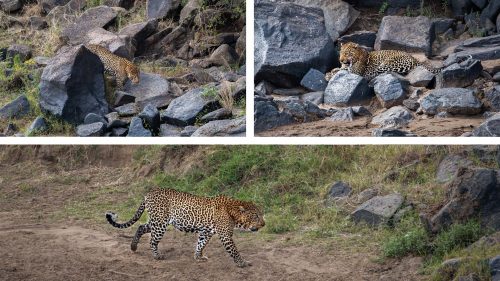
The abundance of food for the predators has seen even the most elusive cats come out to feast. This is Shujaa, a 10-year-old male leopard, who commands a huge territory covering part of the Mara Triangle and Greater Mara. Our guides know that his territory overlaps with that of another formidable male, known as the Shepherd Male. We saw Shujaa at 14:00 in the afternoon walking assuredly along the bank of the river before lying down to cool off from the heat of the day.
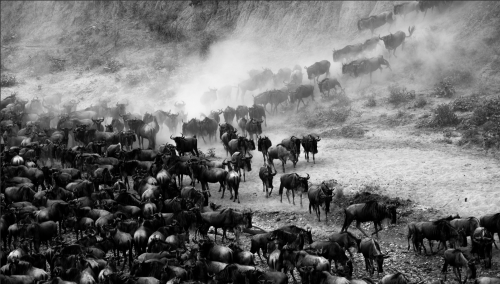
Despite mostly following the herds, it was a moving experience to watch some wildebeests turn back, even after crossing successfully, to reunite with their young or mothers. Contrary to popular belief, these animals truly display a high degree of emotional intelligence when observed closely.
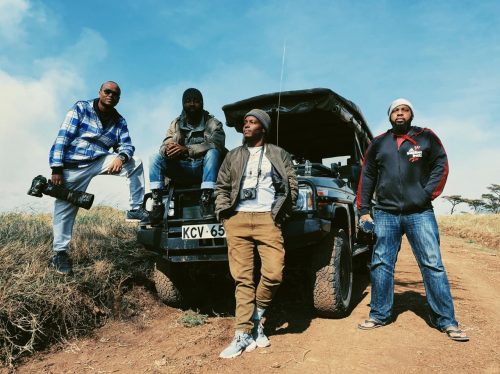
How time flies, this week a year ago we had the pleasure of meeting and hosting four Kenyan photographers and documentary filmmakers who came to stay at Angama Mara and capture the Great Migration.
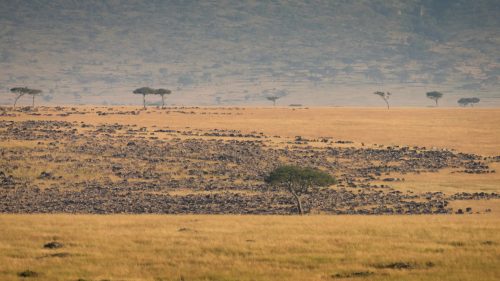
Two years ago we were also marveling at the danger that follows the Great Migration along the way.
Filed under: This Week at Angama
Subscribe for Weekly Stories
Comments (0):

Angama Safari Camp